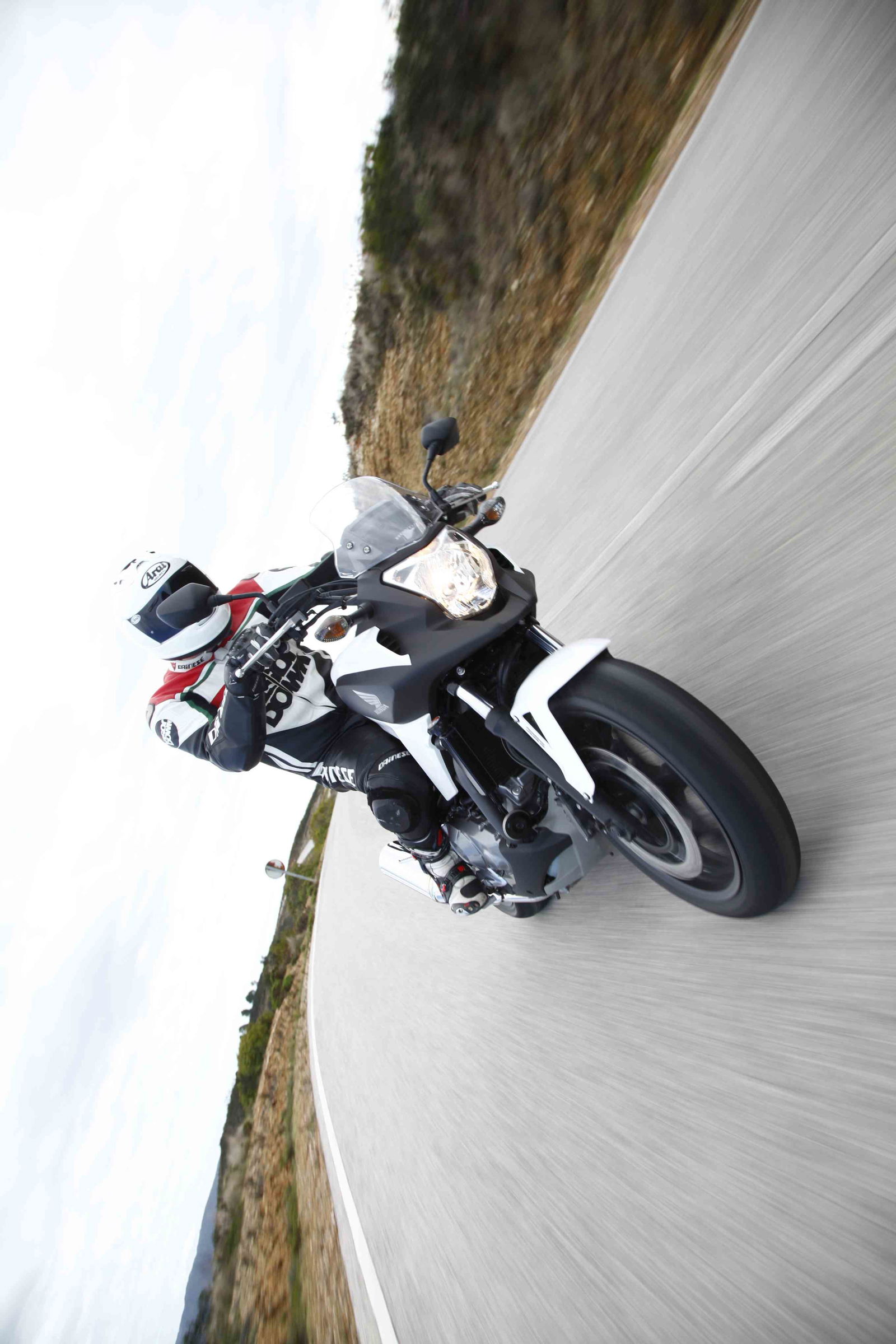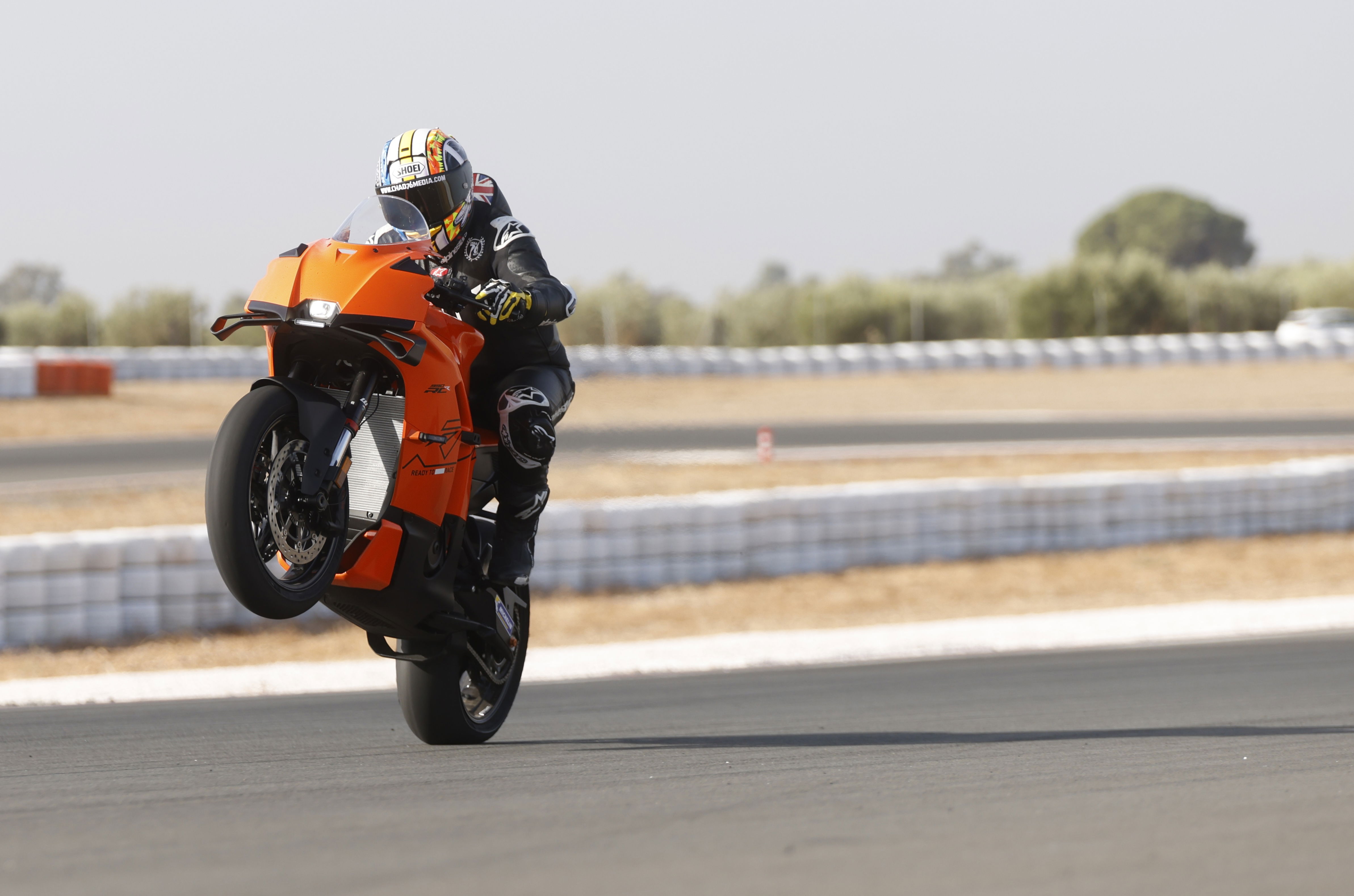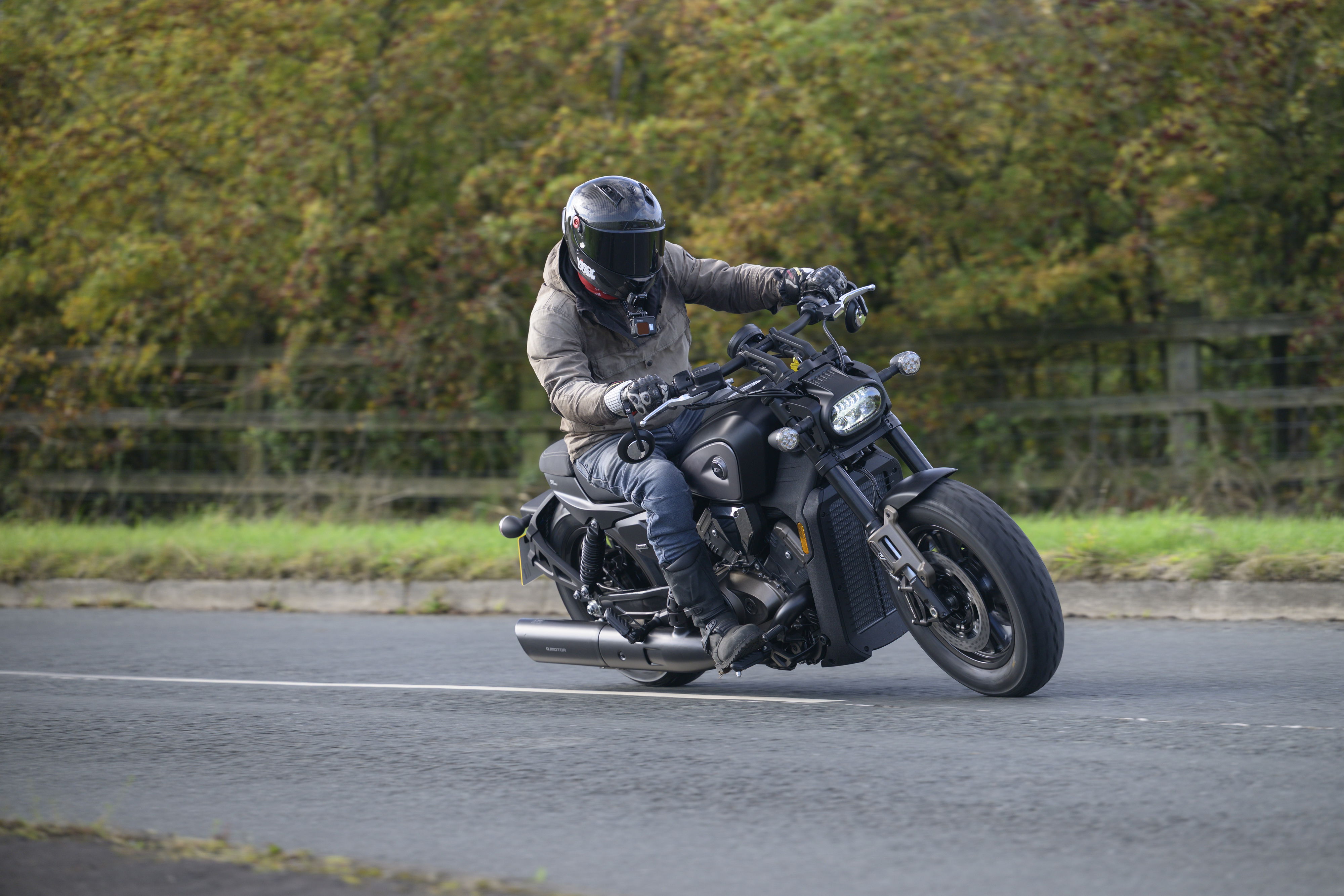2012 Yamaha R1 review
With the 2012 R1, Yamaha enters the traction control club, but does it move the game on?


It's fair to say the release of the of the 2012 R1 didn't cause much of a stir on Visordown and I guess it's because the new model looks almost identical to the original cross-plane crank model launched in 2009.
There are a handful of minor visual tweaks to the 2012 YZF-R1 but the major change - the one that's really worth talking about - is the addition of traction control. For me, traction control is what's exciting in sportsbikes right now. I'm glad the Yamaha R1's finally got it.
Who would want a sun-drenched Spanish circuit to test the new bike's traction control, when you can have the greasy winter roads of England, territory where traction control comes into its own?
There's one reason I love traction control and embrace the new wave of electronics in motorcycling: confidence. Cut through the marketing hype and you realise traction control isn't about shaving a few split-seconds off your laptime, in truth it's about removing a bit of 'you' from the equation.

Let me explain: it's not about the 0.1% of times you get it a bit out of shape over a greasy road, a pothole or some diesel. No, for me traction control is about 99.9% of the time you're not getting it wrong.
Knowing you've got a safety measure in place that you don't have to think about allows you to relax and get more out of the bike. You won't find many people prepared to admit it, but plenty of people ride their litre-class sportsbikes terrified of what might happen, when in reality they're nowhere near the limit they're afraid of.
The beauty of traction control is that you can get closer to the limit, with confidence.
Yamaha claim its six-stage traction control has been developed using feedback from their YZR-M1 MotoGP bike which may be true, but it makes a simple system sound grander than it is. It's a long way from what Jorge Lorenzo uses on his YZR-M1, that's for sure.

The new R1 uses a wheel-speed sensor on the front and rear wheel and measures the difference in speed between the two. The important difference between the new R1's traction control and that of the BMW S1000RR, Kawasaki ZX-10R and Aprilia RSV4 APRC SE is that the R1's system is reactive. Unlike the others, it won't take any action until the rear has started to 'spin' faster than the front. It has three ways of preventing the rear wheel spinning, sliding and ultimately causing a highside:
1. The ignition is retarded by the ECU
2. The volume of fuel being injected into the cylinder is altered
3. The degree of throttle opening is reduced.
The 2012 R1 also has power modes. I changed the power mode from STD to A, with the other option being B, which is the least powerful. These modes change the map on the newly revised ECU to alter the power output and delivery characteristics. If you've paid for it all, you might as well use it all, so A it is.

I love the sound of the cross-plane crank engine; its a curdling bellow at low revs that turns into an addictive wail when you get a move on.
There's no doubt the sound of the R1 makes it feel like it's got more torque than its traditional four-cylinder rivals. On the dyno, there's almost nothing to separate any of the Japanese litre-class sportsbikes but the way the R1 delivers its power makes it feel extra-punchy. It's got that almost clumsy stomp of a big V-twin, but it rips through the revs like an R6. Yamaha claim the revised ECU gives the bike extra low-down torque, it certainly isn't lacking.
Out on the road, I started with the traction control on setting six out of six, the most intrusive. You'd think this would be the best setting to have on damp and greasy roads and in theory it is, but I found it too sensitive. Getting on the power the system sensed small amounts of wheelspin - too small for me to notice or be bothered about - and did its thing by cutting the throttle. The revs hang in place for a moment and then everything goes back to normal, power is restored, drive is restored. You'd soon get tired of it in mode six on day to day riding, unless you want a real 'mummy, get me home' mode.

If mode six's on the road intervention doesn't baffle you, the anti-wheelie mode might. If you pin it in 1st, the R1 drives forward and wants to wheelie, but as soon as the wheel leaves the ground the system cuts the throttle quite abruptly, then the wheel touches down, drive is restored and the wheel wants to lift again, but the throttle is again cut. It'll repeat this four or five times in first gear. If you've ever run out of petrol, you'll know the feeling.
Mode five feels exactly the same as mode six, except it'll let that front wheel lift a tiny amount more before bringing it down.
I don't think modes three two and one are a good option for wet and greasy roads. They're designed for the track where you're not prepared to swap a hundreth of a second for a highside. For me, mode four is the sensible mode to use on the road, both wet and dry.
The shortcoming of the R1's traction control is it's reactive setup. In mode four, you can get on with your riding as you would and you'll only notice the traction control cutting in when the going's getting tough. I was pushing on, along a really wet and bumpy road and didn't feel the traction control kicking in. I was riding hard, harder than I would normally given the conditions and only when the rear stepped out rather than just shimmied, did the traction control wave its magic cotton-wool covered wand. As a bonus, mode four will let you hoist wheelies.

The model I tested was running Michelin Power Pure tyres, which are really good, especially in the wet. The bike in the showrooms is more likely to be supplied with Dunlop Sportmax Qualifier IIs which I'm not so fond of.
One thing I'd forgotten about the R1, since it's now the last of the Japanese litre-class to run underseat exhausts, is how hot your legs get with this setup. Maybe that's alright for cold winters, but it got on my nerves in London traffic. The radiator fans go into overtime in traffic too but if those are my only gripes, well, that's not too bad is it?
The R1 has always been a brilliant bike and that's still the case. Since 1998 it's evolved from out-and-out weapon to everyday missile. While I'm glad Yamaha have joined the new revolution in electronics, the R1's traction control system feels rudimentary when compared to the 2011 ZX-10R and first incarnation of BMW's S1000RR.
The point is, the R1's got traction control, it works, it might save you from a big one, but it'll definitely help you get more from the bike and that's a great thing.
Price: from £11,999, Anniversary model tested is £12,999
Colours: Anniversary White (as tested), Matt Grey, Yamaha Blue, Competition White










